Do you often encounter nylon and spandex in your athletic wear? Though they're both perfect for sportswear, these synthetic materials serve distinctly different purposes.
While both revolutionized the textile industry, they excelled in unique ways. Nylon is a synthetic fabric known for durability and moisture control. Conversely, elastic spandex provides excellent stretch and recovery.
Understanding their strengths and how they work together can help you make smarter choices about your athletic gear and everyday clothing selections.
Key Takeaways
- Nylon provides strength and durability, while spandex offers excellent stretch. These complementary materials are often blended together in athletic wear.
- Spandex can stretch up to five times its original length and recover shape. But nylon maintains structural integrity without stretching.
- Nylon excels at moisture-wicking and quick-drying properties. Spandex focuses primarily on providing good elasticity and flexibility.
- Spandex requires gentler care with cold water and air drying. Nylon fabric is often more resilient and can withstand warm water washing.
- Both materials are synthetic and non-biodegradable. But nylon offers more versatility in applications beyond clothing.
What Is Nylon Fabric?
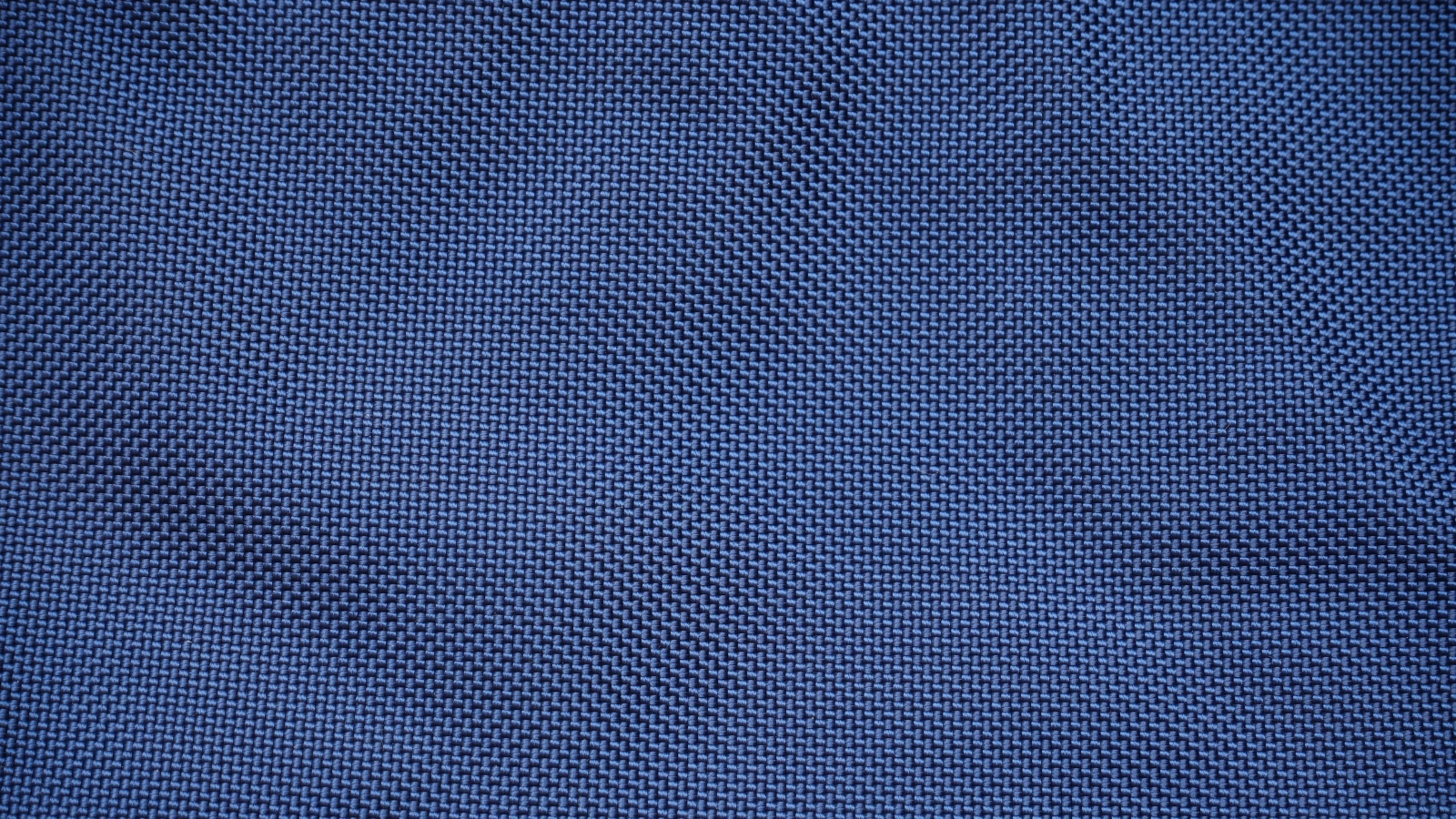
Nylon is a synthetic polymer first created in the 1930s by DuPont researchers. It revolutionized the textile industry with its remarkable strength and versatility.
Historical and Origins of Nylon
In 1939, DuPont introduced its innovative synthetic fiber. It was the first fully petrochemical-based material and forever changed the industry.
Nylon's initial success came during World War II. It proved invaluable in military applications like parachutes and tents.
Nylon is known for establishing a new era in synthetic materials. This set it apart from traditional fibers and later innovations like spandex.
After the war, nylon's qualities became well-known through women's hosiery. This led to high consumer demand, making it a symbol of post-war prosperity and modern innovation.
Fabric Composition and Properties of Nylon
Understanding nylon starts with its fundamental structure. It's a synthetic polymer made through a chemical reaction of petrochemical products.
Nylon's unique properties come from its polyamide structure. This structure creates strong, durable fibers through careful polymerization. The nylon fiber can be manufactured in different thicknesses, called deniers, to match specific uses.
Unlike spandex, which focuses on elasticity, nylon emphasizes durability and structural integrity. Modern innovations have introduced bio-based and recycled variations of nylon. They can maintain nylon's core characteristics while reducing environmental impact.
Common Uses of Nylon
The versatility of synthetic fibers has made nylon a cornerstone material across multiple industries and applications.
Nylon is prominently featured in activewear and athletic gear. Its durability and moisture-wicking properties enhance performance. Unlike spandex, nylon excels in outdoor equipment and protective gear.
Nylon's practical applications in apparel and sports include swimwear, hosiery, and workout clothes. The material's strength makes it ideal for demanding environments, while its medical uses include sutures and bandages.
Care and Maintenance of Nylon
Wash your nylon in warm water. Avoid hot temperatures that can damage the material's structure. When it's time to dry, use low heat or air-dry to prevent shrinkage and maintain the fabric's elasticity.
While oxygen bleach is safe for nylon care, you should avoid chlorine bleach to prevent degradation.
Keep your nylon clothes away from direct sunlight, as UV exposure weakens the fibers. For ironing, use a low setting and place a protective cloth between the iron and fabric to prevent melting.
Advantages and Disadvantages of Nylon
1. Advantages of nylon:
- Durability: Nylon is popular for its high tensile strength. It's resistant to wear and tear.
- Lightweight: It's lighter than many other fabrics. This makes it ideal for applications where weight is a concern.
- Water Resistance: Nylon has a natural resistance to water, making it suitable for rain gear and swimwear.
- Quick Drying: The fabric dries quickly. This is beneficial for activewear and outdoor clothing.
- Mold and Mildew Resistance: Nylon is less prone to mold and mildew compared to other fabrics.
- Ease of Care: It's easy to wash and care for. It can keep its shape and color well after multiple washes.
2. Disadvantages of nylon:
- Heat Sensitivity: Nylon can be sensitive to heat. This may cause it to melt or deform if exposed to high temperatures.
- Static Electricity: The fabric can generate static electricity. This can lead to clinginess and discomfort when worn.
- Chemical Sensitivity: Certain chemicals, such as solvents and bleach, can damage nylon. This may limit its use in specific environments.
- Pilling: Over time, nylon fabrics can develop pills, making the surface look worn.
- Breathability: Nylon is less breathable compared to natural fibers. This can lead to discomfort in hot weather.
- Cost: High-quality nylon can be more expensive compared to some other synthetic materials.
Environmental Impact of Nylon
Because nylon originates from petrochemicals, its production raises significant environmental concerns.
This synthetic polymer's manufacturing process is highly energy-intensive. It releases greenhouse gases that contribute to climate change.
Nylon's environmental impact extends beyond air pollution. It takes over 200 years to decompose in landfills, and its production releases harmful chemicals into water systems.
However, sustainability efforts are improving through innovations in bio-based alternatives and recycled materials. Manufacturers are creating more efficient processes and using more recycled nylon to lessen the environmental impact.
What Is Spandex Fabric?
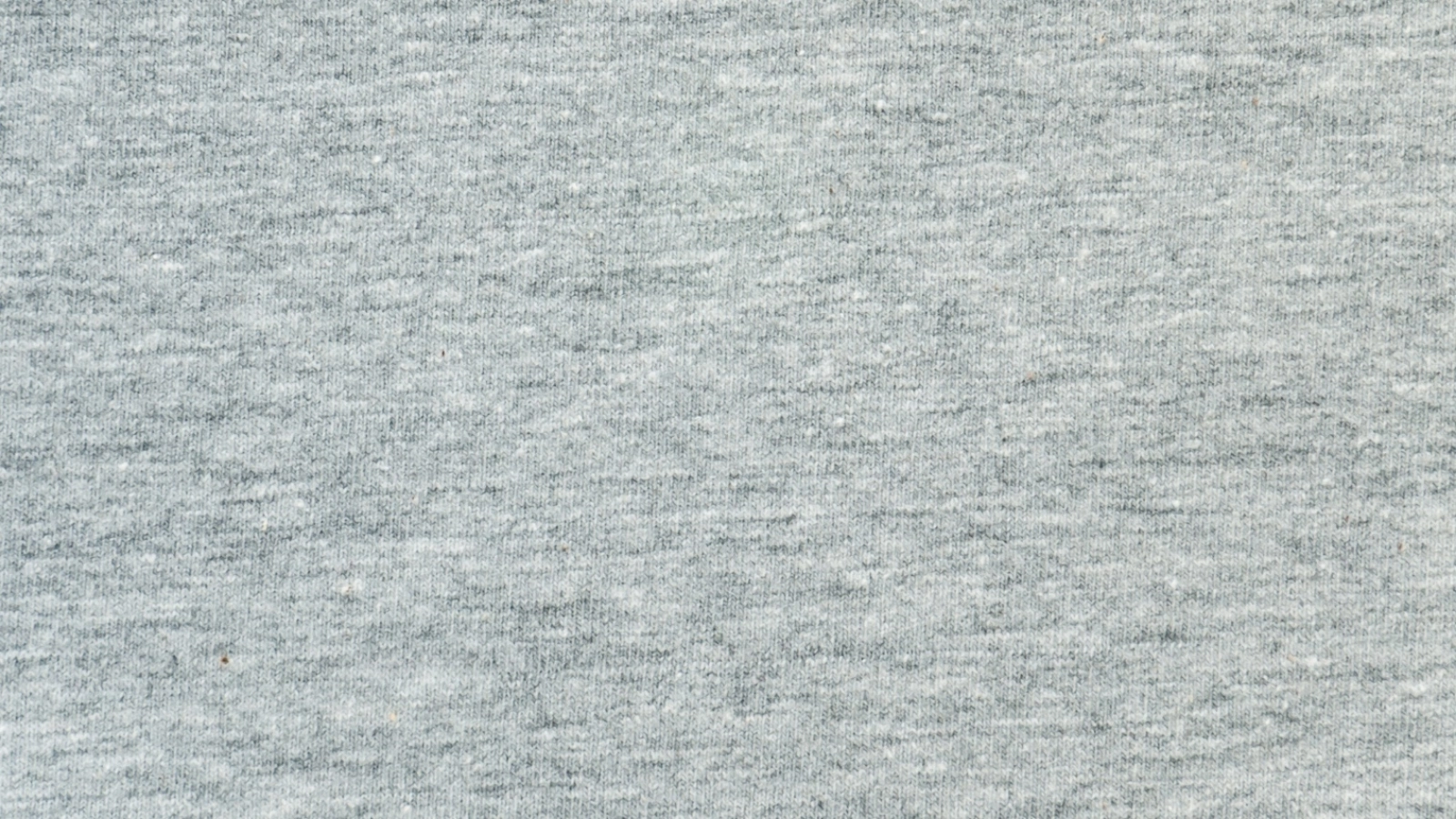
Spandex is a modern synthetic fiber invented in 1958 by chemist Joseph Shivers at DuPont. It revolutionized the industry with its incredible stretch properties.
Historical and Origins of Spandex
The invention of spandex in 1958 changed the industry when DuPont chemist Joseph Shivers created this innovative elastic fiber.
This synthetic material's name derives from the word "expands." Due to its remarkable elasticity, it quickly became essential in clothing manufacturing.
Spandex was originally created for women's hosiery. Its ability to stretch up to 600% while maintaining its shape led to widespread use in athletic wear and swimsuits.
By the 1980s, this versatile fiber had revolutionized fashion and sportswear design. It offered superior flexibility and comfort compared to traditional materials like polyester.
Its unique molecular structure enables exceptional recovery properties. This makes it ideal for form-fitting clothes.
Fabric Composition and Properties of Spandex
Modern textile engineering relies heavily on spandex. It's a revolutionary synthetic material comprising at least 85% segmented polyurethane polymers.
Spandex fibers are commonly blended with other synthetic fabric types. Nylon spandex fabric, for example, is a versatile material with enhanced performance.
In fabric blends, spandex's elasticity ranges from 5% to 30%, and its remarkable stretch sets it apart.
Common Uses of Spandex
You'll find spandex in various clothes designed for physical activity and comfort. The fabric's exceptional elasticity makes it perfect for activewear, swimsuits, and tights, where it's typically blended with other materials. Common examples are polyester spandex and nylon spandex.
Athletic clothing benefits from spandex's ability to maintain shape while allowing free movement. The stretchy material also provides support and creates a smooth silhouette in compression wear and shaping garments.
Its lightweight nature and moisture-wicking properties make it ideal for high-performance activities.
Care and Maintenance of Spandex
To maximize the lifespan of your spandex items, wash them in cold water using the gentle cycle of your washing machine. Avoid using chlorine bleach, which can damage the fibers. Instead, use oxygen bleach or specialized mild alternatives.
For drying, don't put your spandex in the dryer. Instead, air-dry them away from direct sunlight and heat sources.
Store these items in a cool, dry place. This will prevent fiber degradation and maintain their stretch properties.
Advantages and Disadvantages of Spandex
1. Benefits of spandex:
- Stretchability: Spandex is known for its exceptional elasticity. It can stretch up to five times its original shape.
- Shape Retention: Clothes made with spandex maintain their shape over time. This prevents sagging or bagging.
- Comfort: Spandex's soft texture and stretch make it comfortable to wear. It often feels smooth against the skin and allows for ease of movement.
- Durability: Spandex is resistant to wear and tear. It's a long-lasting option for activewear and everyday clothing.
- Easy Care: Spandex is generally easy to care for. It can often be machine-washed without losing its shape or elasticity.
2. Drawbacks of spandex:
- Heat Sensitivity: Spandex is sensitive to high temperatures. Exposure to heat can cause the fabric to break down or lose its elasticity.
- Limited Breathability: Pure spandex may not allow for sufficient airflow. This may lead to discomfort in hot conditions.
- Lack of Moisture Absorption: While spandex can wick moisture, it does not absorb it well. If the fabric becomes overly wet, this can lead to discomfort.
- Potential for Allergies: You may experience skin irritation or allergic reactions to spandex.
- Cost: Clothes containing a significant amount of spandex can be more expensive.
Environmental Impact of Spandex
As a synthetic fiber derived from polyurethane, spandex raises significant environmental concerns.
This stretchy fabric contributes to greenhouse gas emissions during manufacturing. It relies heavily on non-renewable petrochemicals.
Since spandex isn't biodegradable, it persists in landfills for extended periods. This will add to environmental pollution.
Recycling spandex is challenging. But the industry is working on new solutions for recovering the material.
New sustainable alternatives exist, such as bio-based spandex made from plant materials. This offers more eco-friendly options for producing stretch fibers.
Nylon vs Spandex: Key Similarities and Differences
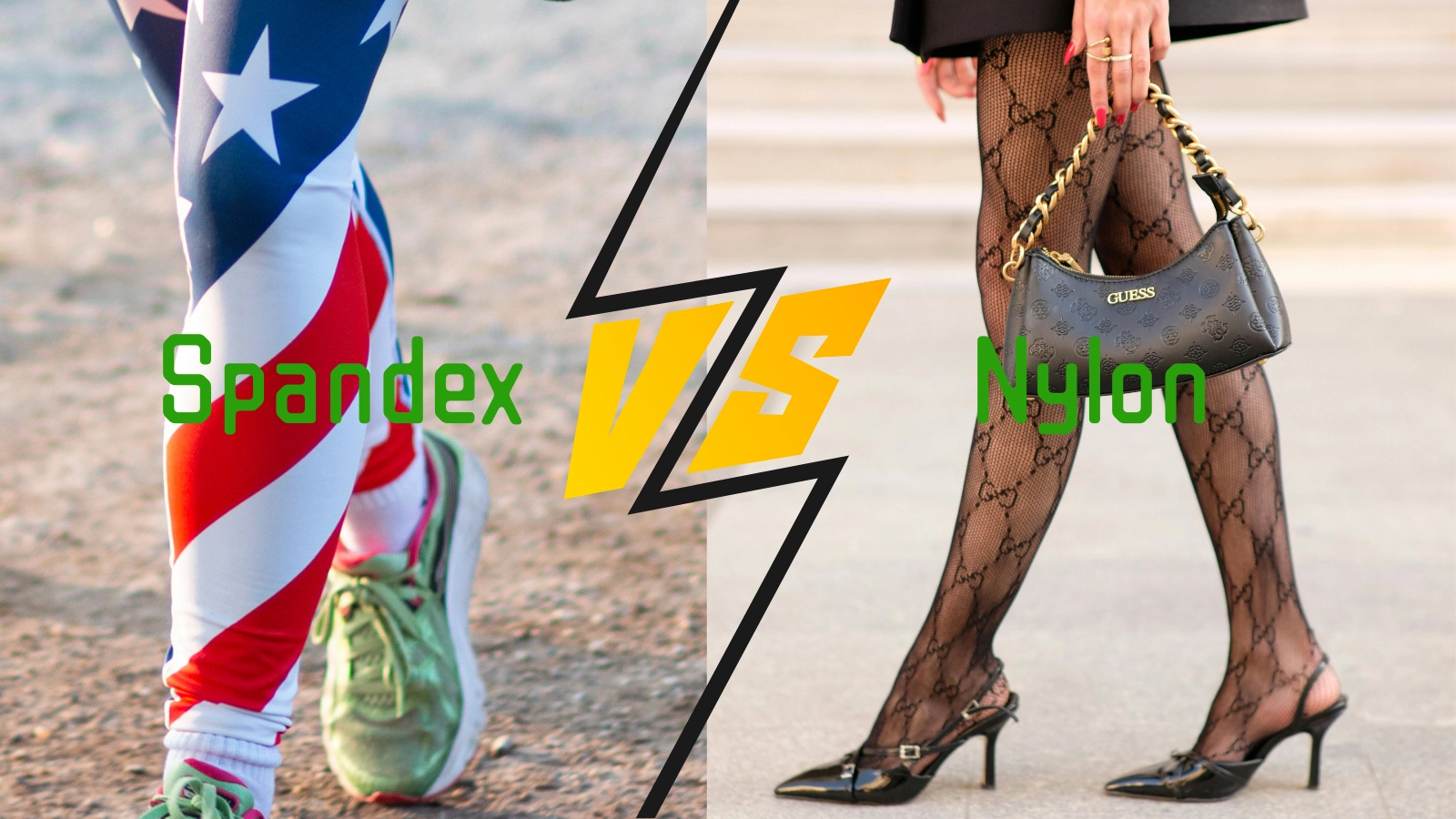
Nylon and spandex are both synthetic fibers used in modern clothing. They share a few similarities but are still different. Knowing their similarities and differences is important for choosing the right fabric.
Key Similarities Between Spandex and Nylon
The synthetic nature of nylon and spandex gives them many similar characteristics.
- Both materials excel in durability and resistance to wear and tear. They're reliable and popular choices for activewear and performance clothing.
- Their moisture-wicking properties help keep you dry. This makes them ideal for physical activities.
- Their excellent shape retention guarantees your garments maintain their comfortable fit.
- When blended, nylon and spandex complement each other perfectly. The blended fabric combines nylon's strength with spandex's elasticity.
- You can machine wash both fabrics, and they'll dry quickly. This offers practical benefits for maintaining their essential performance characteristics.
Key Differences Between Spandex and Nylon
Spandex and nylon have their own distinct characteristics. Here’s a table outlining the key differences:
| Feature | Spandex | Nylon |
|---|---|---|
| Composition | Made from synthetic fibers (polyurethane) | Made from synthetic fibers (polyamide) |
| Stretchability | Highly elastic, can stretch up to 600% | Less stretchable, but has some elasticity |
| Durability | Generally durable, but can degrade with UV exposure | Very durable and resistant to wear and tear |
| Moisture Wicking | Good moisture-wicking properties | Excellent moisture-wicking properties |
| Breathability | Moderate breathability | Good breathability |
| Softness | Soft and comfortable | Smooth but can be less soft than spandex |
| Care Instructions | Usually machine washable; check labels | Usually machine washable; check labels |
| Cost | Generally more expensive | Usually less expensive |
How to Choose Between Nylon and Spandex
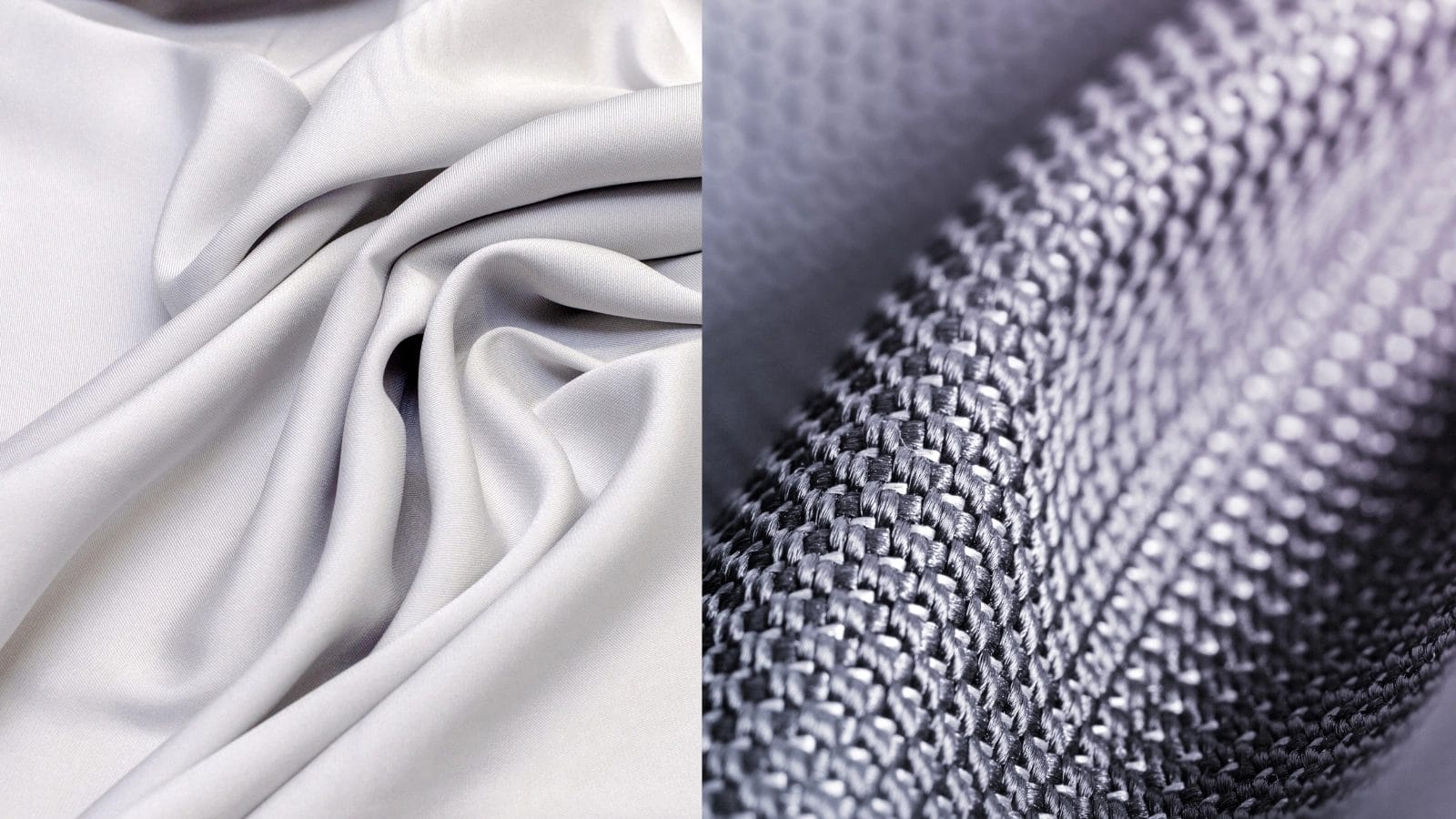
Selecting between these two fabrics requires careful consideration of your specific needs and intended use.
For activities demanding durability and strength, choose nylon. It offers superior wear resistance and moisture-wicking properties.
Spandex is your best option if you're seeking exceptional elasticity for form-fitting garments.
Consider nylon spandex blends when you need both features, particularly for athletic wear. These combinations provide the perfect balance of stretch and durability.
Evaluate the activity level and comfort requirements of your intended use. Nylon's moisture management benefits high-intensity workouts. Conversely, spandex's recovery properties work better for activities requiring flexibility.
Conclusion
Whether you're buying sportswear or everyday clothing, knowing the difference between nylon and spandex will help you make better choices. Nylon offers durability and moisture-wicking properties. Conversely, spandex provides exceptional stretch and flexibility.
These materials are often blended together in modern athletic wear, combining their best qualities. So, consider your specific needs when selecting garments made with either material.
Learn more fabric knowledge on the Longan Craft Blog, and dive into the fabric world with Longan Craft!
FAQs
What Is Better, Nylon or Spandex?
It depends on your needs. You'll want nylon for durability and moisture-wicking in outdoor activities. But you should choose spandex when you need flexibility and stretch.
Why Is Nylon Not Recommended for Most Clothes?
Nylon is not ideal for most clothes because it is rigid, retains heat, and lacks breathability. It's also prone to static cling and doesn't wick moisture well. This makes it uncomfortable during active wear.
What Stretches More, Nylon or Spandex?
Spandex stretches considerably more than nylon. It can extend up to 500% beyond its original length, while nylon has limited stretch. That's why you'll often see them blended together in clothing.
Is Spandex the same as Elastane or Lycra?
Spandex and elastane describe the same synthetic fiber with excellent stretch. Lycra is a specific brand of spandex produced by DuPont.

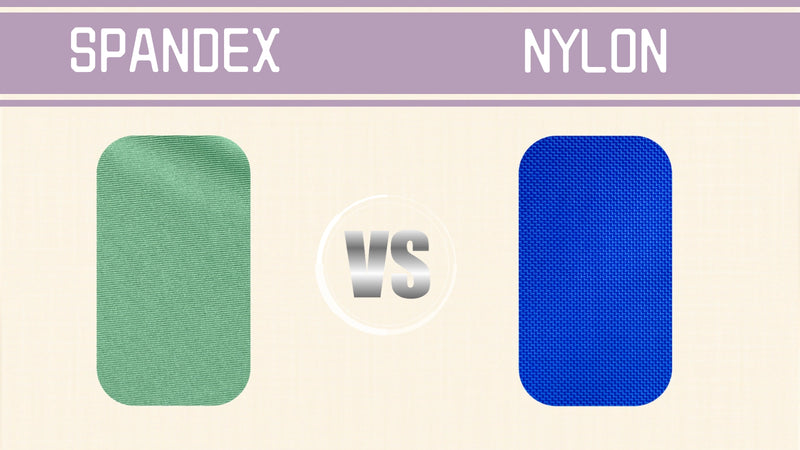
0 comments